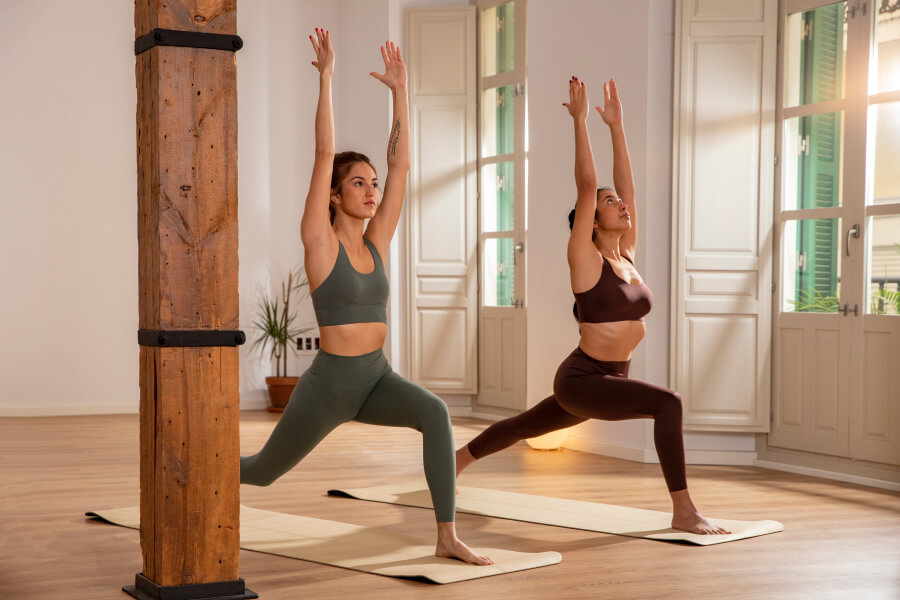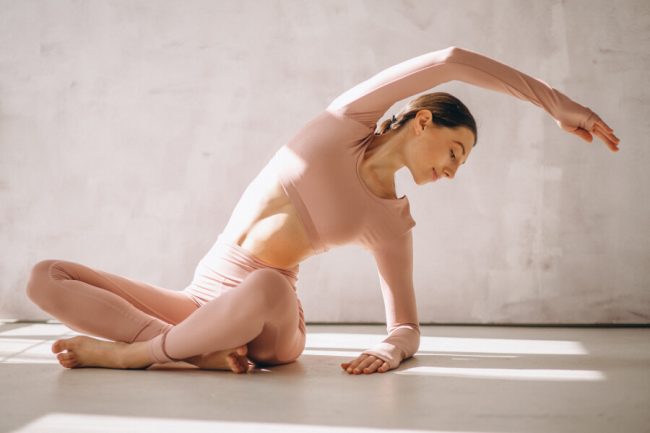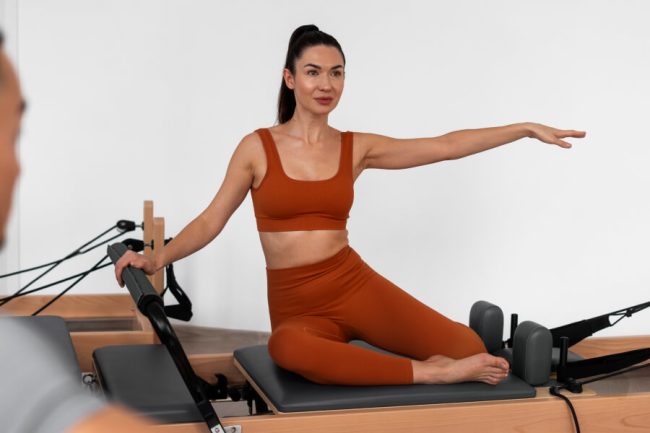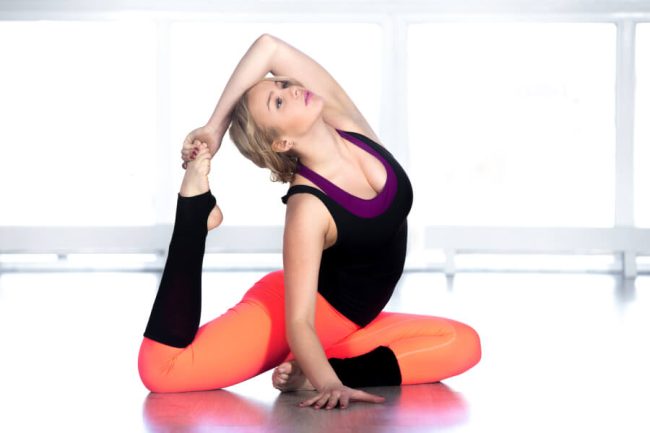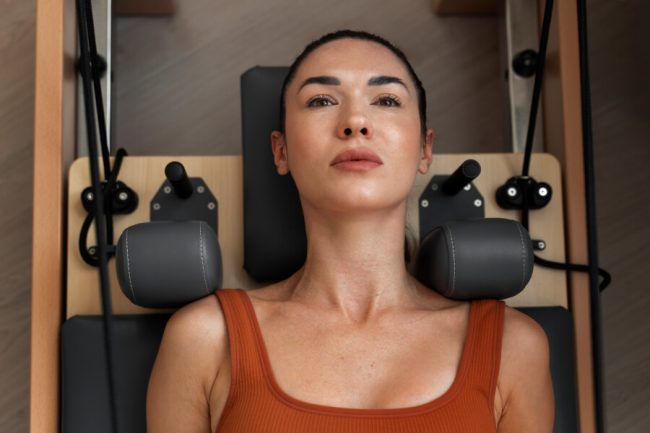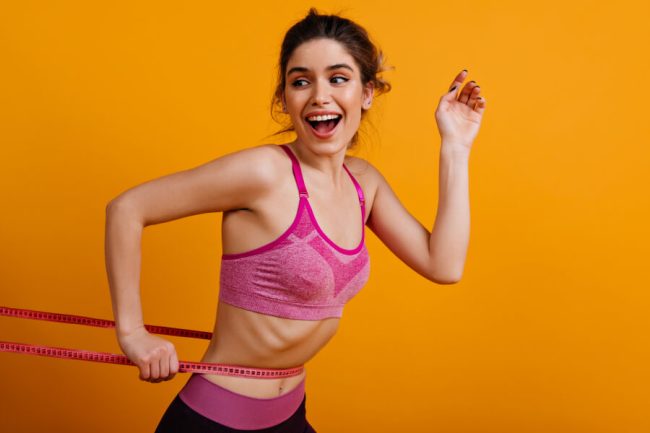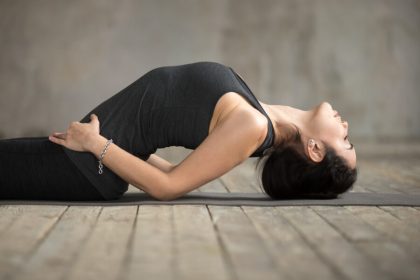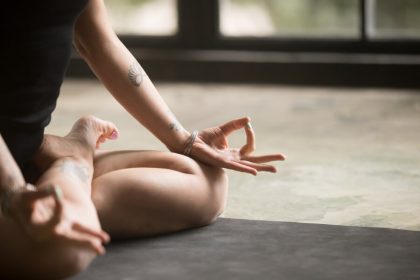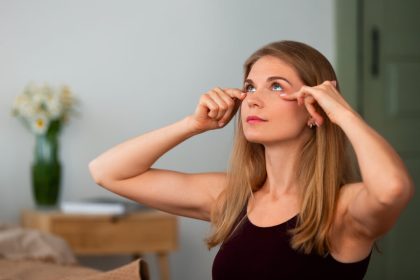In the heart of Spain, where vibrant culture meets serene landscapes, many are turning to Yoga and Pilates as a means of improving their well-being.
These two practices, while distinct, offer numerous benefits that can significantly improve physical health, mental clarity, and emotional balance.
But what exactly are Yoga and Pilates? How do they differ, and which one is right for you?
We will provide you with everything you need to know about Yoga and Pilates, including their origins, benefits, styles, and tips for getting started.
Yoga and Pilates: Definitions and Origins
What is Yoga? A Historical Perspective
Yoga is an ancient practice that originated in India over 5,000 years ago. The word “yoga” comes from the Sanskrit word “yuj,” which means to unite or join.
Traditionally, yoga encompasses physical postures (asanas), breathing techniques (pranayama), meditation, and ethical principles.
It’s a holistic approach aimed at achieving the balance between the body, mind, and spirit.
Different styles of yoga, such as Hatha, Ashtanga, and Vinyasa, have evolved over time, each offering unique benefits and focuses.
What is Pilates? Origins and Development
Pilates, on the other hand, is a more modern fitness system, developed in the early 20th century by Joseph Pilates.
Originally designed for rehabilitation and improving core strength, Pilates focuses on controlled movements, flexibility, and strength. The method emphasizes the importance of breathing and body awareness.
Today, Pilates has grown in popularity, branching out into various styles, including classical and contemporary, catering to diverse fitness levels and goals.
The Core Benefits of Practicing Yoga and Pilates
Physical Benefits of Yoga
Yoga offers a lot of physical benefits, including:
- Increased Flexibility: Regular practice improves flexibility, which can help prevent injuries.
- Enhanced Strength: Many yoga poses require strength, particularly in the core, arms, and legs.
- Improved Posture: Yoga promotes awareness of body alignment, which can improve posture and reduce back pain.
- Better Balance: Many yoga practices focus on balance, helping to improve stability and coordination.
Physical Benefits of Pilates
Pilates is particularly renowned for its focus on core strength, offering benefits such as:
- Core Strengthening: The method is designed to strengthen the abdominal and lower back muscles, which are important for overall stability.
- Postural Alignment: Pilates promotes body awareness, helping to align the spine and improve posture.
- Injury Rehabilitation: Many physical therapists recommend Pilates for rehabilitation due to its low-impact nature and emphasis on controlled movements.
- Muscle Tone: Pilates can help tone muscles, particularly in the core, arms, and legs.
Mental Health Benefits of Both Styles
Both yoga and Pilates offer substantial mental health benefits. Yoga encourages mindfulness through breath control and meditation, which can reduce stress, anxiety, and depression.
Practicing yoga can lead to improved emotional well-being and a greater sense of connection to oneself.
Pilates, while less focused on meditation, still promotes mental engagement through concentration and controlled movements, helping to reduce stress and improve focus.
Healing Through Movement
Yoga and Pilates can be effective for rehabilitation and recovery. Both practices are gentle on the body and can be adapted for various physical abilities, making them suitable for individuals recovering from injuries or managing chronic pain.
Yoga and Pilates: What Are The Differences
Physical Practices: Movement and Flow
Yoga involves flowing sequences and holds, often adding meditation and breathing exercises. Pilates focuses more on controlled movements and alignment, emphasizing core strength and stability.
Mental Focus: Breath and Mindfulness
While both practices emphasize breath, yoga combines it with mindfulness and meditation, fostering a deep connection between body and mind. Pilates focuses on breath as a tool for movement, promoting body awareness.
Goals and Intentions: Fitness vs. Wellness
Yoga is generally considered a holistic practice aimed at overall well-being, while Pilates primarily targets physical fitness, particularly core strength and flexibility.
Diverse Styles of Yoga and Pilates: Finding Your Fit
Popular Yoga Styles: From Hatha to Vinyasa
In Spain, you’ll find a variety of yoga styles:
- Hatha Yoga: A gentle introduction to yoga, focusing on basic poses and relaxation.
- Vinyasa Yoga: A more dynamic style that links breath with movement, ideal for those looking for a workout.
- Ashtanga Yoga: A strict style involving a fixed sequence of poses, great for building strength and stamina.
Pilates Styles: Classical vs. Contemporary
Pilates classes in Spain may vary between classical and contemporary styles:
- Classical Pilates: Follows the original method set by Joseph Pilates, focusing on a specific order of exercises.
- Contemporary Pilates: Adapts the original method to add new findings in exercise science, often offering more variety.
How to Choose the Right Style for You
Consider your fitness goals, experience level, and preferences when choosing between yoga and Pilates.
If you’re seeking a workout that combines strength and flexibility, Pilates may be for you. If you’re looking for a holistic approach to health and wellness, yoga might be your best choice.
Getting Started: Safety Tips for Beginners
- Listen to Your Body: Always pay attention to how your body feels during practice. Don’t push yourself into pain.
- Start Slow: If you’re new, consider beginning with beginner classes to learn the fundamentals.
- Consult Professionals: If you have existing health conditions or concerns, consult with a healthcare provider before starting.
Essential Equipment for Yoga and Pilates
- Yoga Mat: A good-quality mat provides grip and cushioning.
- Props: Blocks, straps, and bolsters can help you achieve proper alignment.
- Pilates Equipment: A reformer or mat can improve your Pilates experience, but many classes use just a mat.
Common Mistakes to Avoid in Your Practice
- Rushing Through Poses: Take your time to ensure proper alignment and breathing.
- Holding Your Breath: Focus on maintaining a steady breath throughout your practice.
- Comparing Yourself to Others: Everyone’s journey is unique; focus on your progress.
How to Stay Motivated in Your Yoga and Pilates Journey
- Set Realistic Goals: Break down your fitness goals into achievable steps.
- Join a Community: Engage with local classes or online forums to share experiences and gain support.
- Mix It Up: Try different styles or instructors to keep your practice fresh and exciting.
Special Considerations: Yoga and Pilates for Specific Populations
Practicing Yoga and Pilates During Pregnancy
Both practices can be safe during pregnancy with modifications. Look for prenatal classes that focus on safe poses and breathing techniques.
Adapting Practices for Older Adults
Many studios offer classes specifically designed for seniors, focusing on gentle movements, balance, and flexibility.
Common Health Issues with Yoga and Pilates
Yoga and Pilates can assist with various health issues, such as arthritis, back pain, and anxiety. Consult with your healthcare provider to decide the best approach for your needs.
Finding the Right Class: Where to Go for Yoga and Pilates
Online Resources and Virtual Classes
Many platforms offer online yoga and Pilates classes, allowing you to practice from the comfort of your home. Explore options like YouTube, fitness apps, or specialized websites.
Community Engagement: Joining a Local Practice Group
Engaging with a local community can improve your practice. Look for meetups, workshops, or local events focusing on yoga and Pilates.
The Future of Yoga and Pilates: Trends and Innovations
Merging Technology: Apps and Online Communities
As technology advances, numerous apps offer guided classes, tracking, and community support for yoga and Pilates practitioners.
Emerging Trends in Yoga and Pilates Practices
Look out for trends such as eco-friendly studios, hybrid classes combining both practices and wellness retreats focusing on mindfulness.
Conclusion
Yoga and Pilates are both excellent options for improving your physical and mental well-being. Whether you choose to flow through a Vinyasa class or strengthen your core with Pilates, you’re on a path toward a healthier lifestyle.
In Spain, the vibrant community and diverse offerings make it easier than ever to find the perfect practice for your needs.
FAQs
Are Pilates and yoga a good combination?
Yes! Combining Pilates and yoga can provide a well-rounded fitness regimen that improves strength, flexibility, and mindfulness.
Should a beginner start with yoga or Pilates?
It depends on your personal preferences. Yoga may offer a more holistic approach, while Pilates focuses on core strength and stability.
Can you get fit with Pilates and yoga?
Absolutely! Both practices can improve strength, flexibility, and overall fitness.
How many times a week should I do yoga and Pilates?
Aim for 2-3 times a week for each practice to see benefits, but listen to your body and adjust accordingly.

